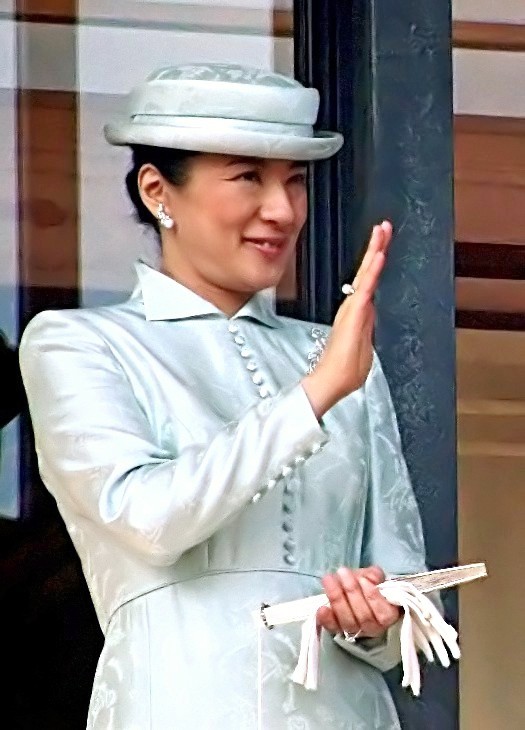TOKYO- Two young women, born just a couple of years apart on opposite sides of the world, found themselves in equally daunting positions when they married the heir to the throne in their respective countries: Diana Spencer (born 1961), married Charles, Prince of Wales of the United Kingdom in 1981, while Masako Owada (born 1963) followed suit on June 9, 1993, upon her wedding to Crown Prince Naruhito of Japan.
In each case, it seemed like the entire country was desperate for the heir to the throne to “settle down,” as both princes were in their early 30s, and there was considerable pressure to find a bride. It had to be a woman of good background with an impeccable reputation, and it certainly wouldn’t hurt if she was photogenic, too.
The daughter of a British earl, Diana was just 19 and working at a childcare center when she became engaged to Prince Charles, who was 12 years her senior. The press charitably called her a “kindergarten teacher,” but the teenage Diana had no professional teaching credentials to her name. On the other hand, Masako, a diplomat’s daughter, was on the fast track to a successful diplomatic career of her own. Masako was 29 and Prince Naruhito was 32 at the time of their marriage.
From an established career to life as a princess
Masako Owada was a global citizen before she even reached school, having lived in Russia and New York as a preschooler during her father’s diplomatic postings. After some years back in Japan, the Owada family returned to the USA when Masako was in her second year of high school. An excellent student, she majored in economics at Harvard and then went on to Tokyo University for graduate studies. In 1986, she became one of a handful of women to pass the prestigious Ministry of Foreign Affairs entrance exam.
Masako first met Prince Naruhito the same year, and it is said he was immediately taken with her intelligence and manner. However, although there was some media interest surrounding Masako as a potential royal bride, she was determined to focus on her budding career. She was selected for a posting to England, where she studied for a degree in international relations at Oxford. The Prince had not forgotten about Masako, however, and after she returned to Japan several years later, the Imperial Household Agency began to set up carefully orchestrated meetings between the two. The prince politely but persistently pursued the topic of marriage, and although she turned down his proposals several times, Masako was eventually won over and agreed to marry him in December of 1992. Their engagement was announced the following January.
Both the public and the press were delighted with the choice of this bright and beautiful young woman as Prince Naruhito’s fiance. There was also much talk at the time of how Masako served as a symbol of the modern young Japanese woman and could help bring a breath of fresh air into the Imperial family.
No fairytale for this princess
Princess Diana had quickly fulfilled one of the major briefs for a crown princess, producing “an heir and a spare” with the births of her sons, Prince William and Prince Harry, but her marriage soon unraveled. Meanwhile, Princess Masako was facing disapproval from the Imperial Household Agency—the bureaucrats and aristocrats charged with running the affairs of the Japanese royal family. The Princess, who spoke four languages, had hoped to draw on her diplomacy skills in her new role, but this did not eventuate. First and foremost, the pressure was on to produce an heir.



























